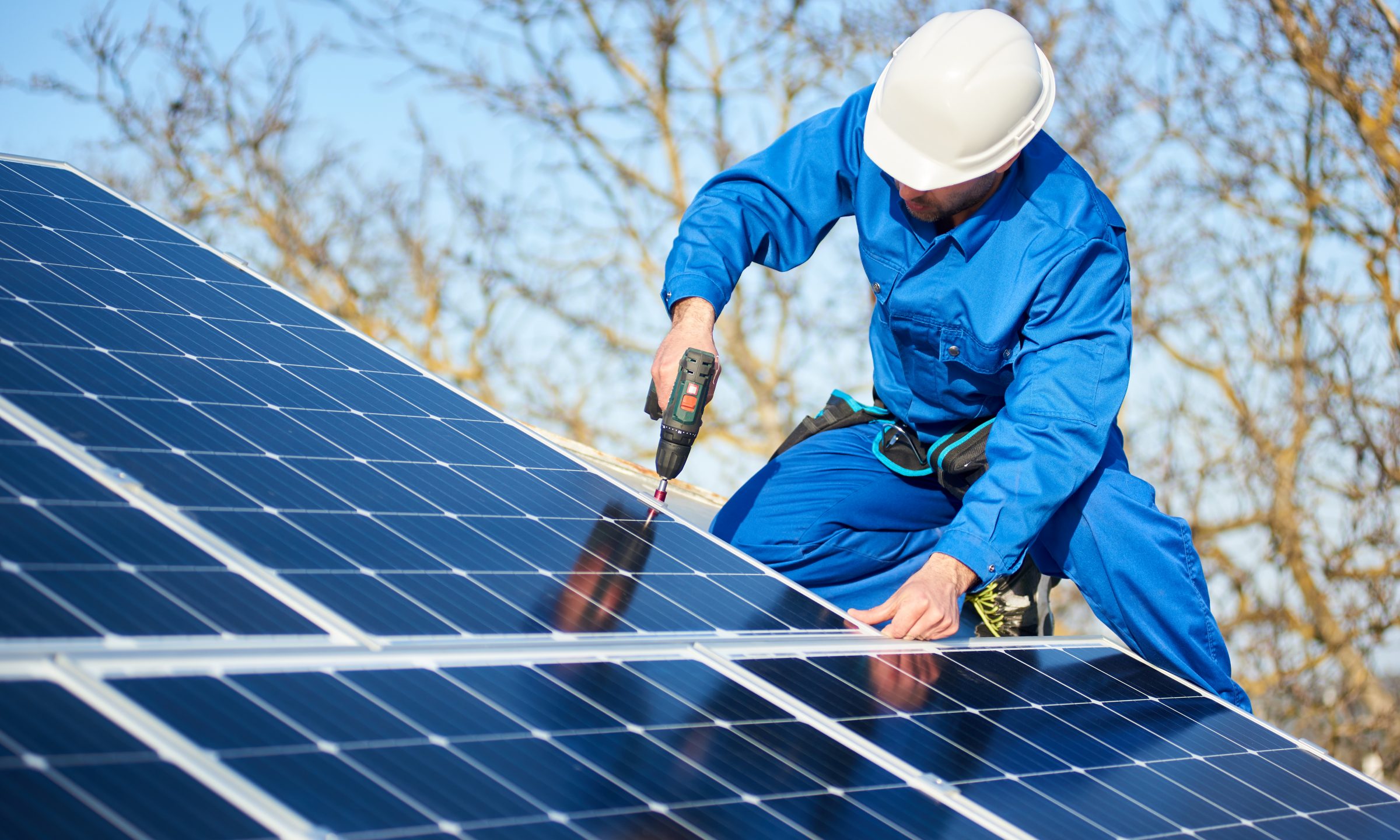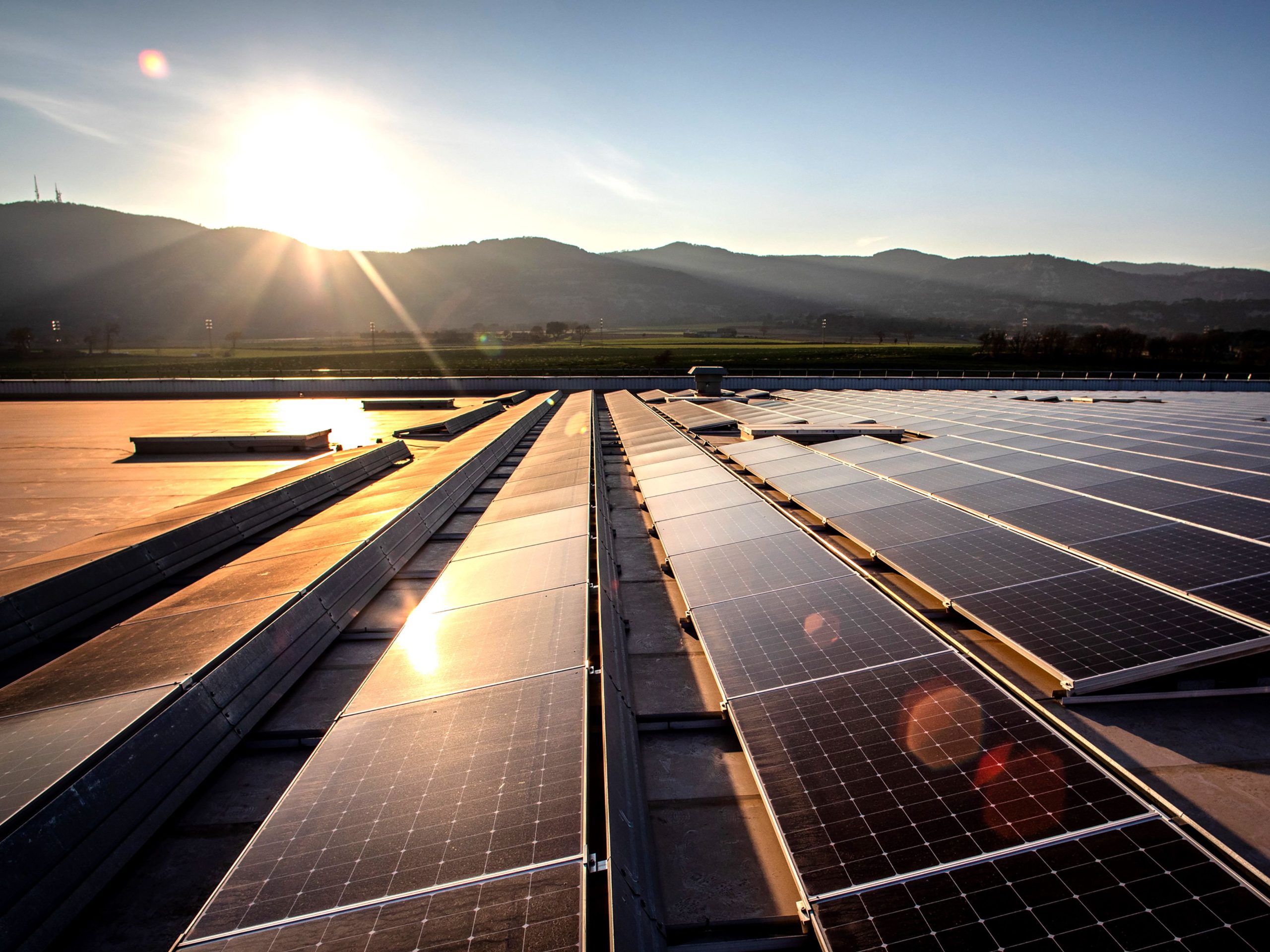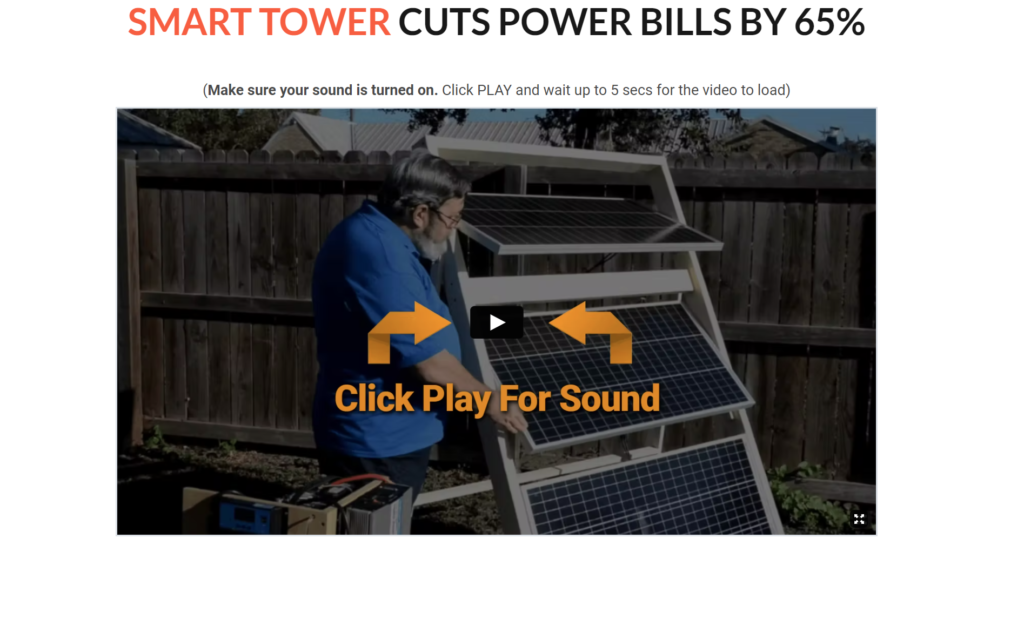- Put your appliances to use during the day.
This may seem like a no-brainer, but many individuals do not make full use of daylight hours. By running high-usage appliances like the dishwasher, dryer, and washing machine during the day, you are consuming power as it is generated. Make the most of this opportunity because it is free energy!
Bonus Suggestion! When loading the dishwasher in the evening, wait until the sun comes up to turn it on. - Spread out your consumption
Try staggering your usage throughout the day, such as starting the washing machine at 11 and the dryer at 12. This keeps you from drawing from the grid and increasing your charge.
- In the afternoon, heat or chill your home.
You can avoid the evening peak energy rate by heating or cooling your home during the last few hours of daylight. - Examine the area for shadow and trash.
Keep an eye out for any potential shading issues, prune any trees, and remove any debris if necessary. Remember that shade has an impact on the system’s performance. - Clean your panels.
Dirt, dust, and bird droppings can all obstruct your savings. Anything that obstructs your solar panels limits the output of your system, reducing your savings on your electricity bill. Getting on your roof and cleaning your panels yourself can be difficult and risky, so leave it to us with the necessary equipment and abilities.
6. Use energy-saving appliances.
Change your lights to LEDs and invest in energy-efficient products to reduce your use at night and keep your cost as low as possible!
- Shop around for a lower price.
Even if your solar reduces your use, your energy retailer will still charge you a’supply charge’ for providing power to your property. You might further minimize your payment by negotiating a lower supply charge. Look for a decent solar feed-in tariff to help offset your bill even further.
- Insert a battery
If you don’t already have a battery, we recommend looking at your statement to see how many kWh you are exporting to see whether a battery is a practical option. If you are exporting roughly 12kWh (on average) per day back into the grid, adding a battery can undoubtedly assist you in making the most of your system by utilising solar power at night. You can also have complete blackout protection by adding a battery.
Seasonal Variations
The performance of your system will vary with the seasons. Daily summer kWh production should be around 5.2 x System Size, while daily winter kWh production should be around 2.6 x System Size.
- Keep an eye on your system and consumption.
Monitor your solar system to ensure it is running properly and to learn how it works. Most inverters have an app that displays your system’s PV production. Your energy distributor can also provide you with information on your energy consumption. Customers of Powercor can monitor their usage and solar export via’myEnergy.’ This provides you with valuable information about your usage habits and how your solar system performs throughout the year.
Looking for the perfect Solar setup? Want to save 10x the money you already are with the perfect Solar System? Click here


